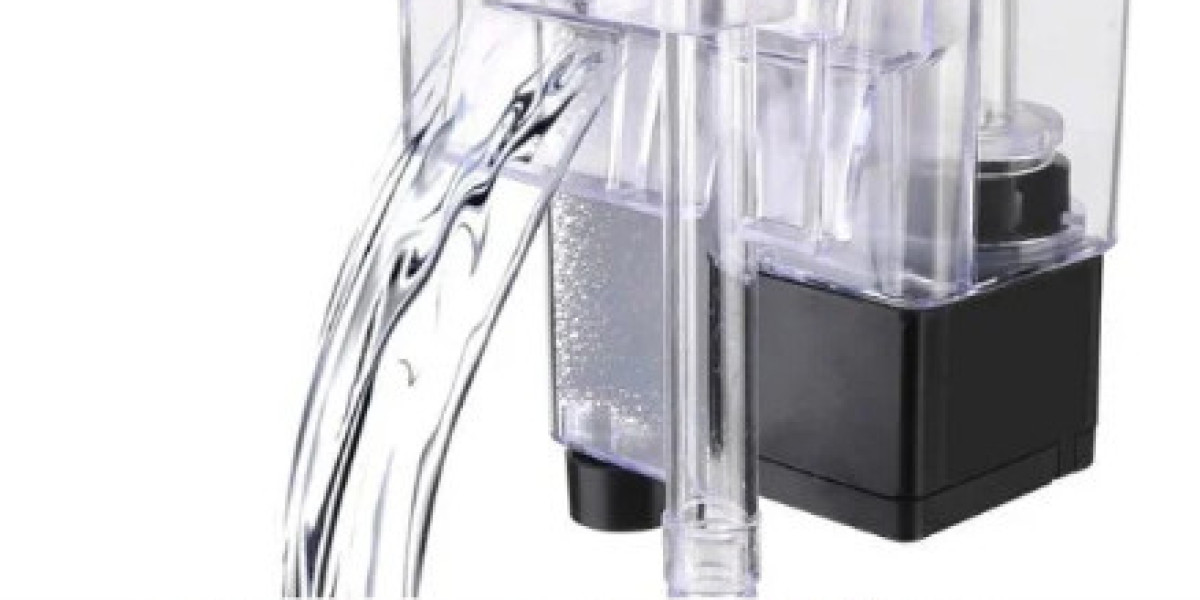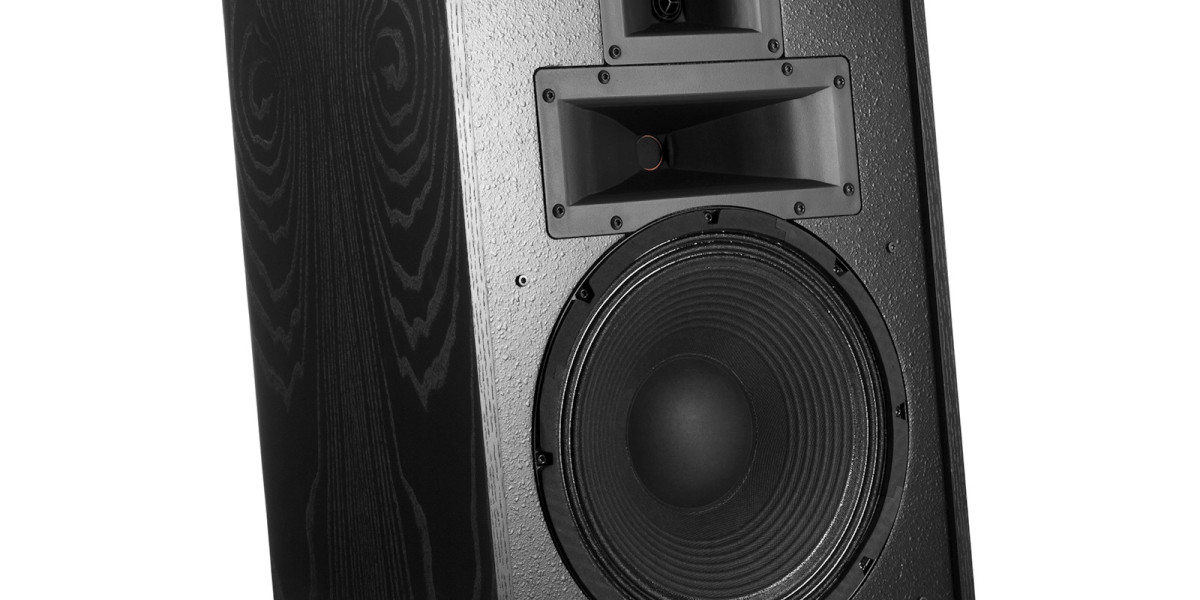In a world where access to clean and safe drinking water is no longer guaranteed, the role of a water purifier goes far beyond simple filtration. When someone asks if a water purifier can turn salty seawater into drinkable water, it opens the door to a deeper discussion—one that explores the fascinating technology, challenges, and applications that define modern purification systems. But before we jump into whether a purifier can convert seawater into drinkable liquid, it's important to understand how this concept fits into everyday water purification.
Understanding Water Purification at Its Core
The idea behind a water purifier is simple—it removes contaminants and undesirable components from water to make it safe for consumption. But there’s more than one type of impurity. Water can contain physical sediments, chemical residues, harmful bacteria, viruses, heavy metals, and in the case of seawater—high salt content.
Most water purifiers designed for home use typically target municipal tap water or groundwater. These purifiers usually handle sediments, chlorine, lead, and microbial contaminants. Turning seawater into fresh, drinkable water, on the other hand, is a task for a different category of purification—commonly known as desalination.
Can Your Water Purifier Handle Saltwater?
In short, no—your standard home water purifier cannot turn salty seawater into potable water. The reason lies in the technology and filtration mechanisms used. Typical purifiers use carbon filters, UV treatment, or ultrafiltration methods. While these are effective against pollutants like bacteria, viruses, and chemicals, they cannot remove dissolved salts from water.
Desalination requires more robust systems like reverse osmosis (RO) or distillation units. These systems are specifically engineered to remove dissolved salts, including sodium and chloride ions, which are the primary components in seawater salinity.
However, if you invest in an RO-based water purifier that supports TDS (Total Dissolved Solids) control, it may be able to handle slightly salty water like brackish groundwater. Yet even most RO systems are not built to handle the high salt content of ocean water without pre-treatment.
Desalination and the Water Purifier Connection
Desalination plants and some specialized portable RO purifiers can purify seawater, but the process is energy-intensive. For household use, such high-capacity systems are generally not practical unless you live in an area with no other water source. Large-scale desalination involves multi-stage processes including sediment pre-filtration, high-pressure RO, and post-treatment to adjust taste and pH.
So, if your goal is to purify seawater for drinking at home, you’ll need to look beyond conventional water purifiers. Industrial RO systems or solar-powered desalination units are engineered for such tasks. For adventurers and survivalists, compact desalination kits exist but they require manual effort or power sources and yield limited volumes of drinking water.
The Evolution of Water Purifiers
The water purifier has come a long way in recent years. What began as a basic clay or charcoal filter has evolved into a sophisticated device employing multi-stage filtration. In urban settings, where the municipal supply is chlorinated and relatively clean, purifiers focus on removing trace chemicals and enhancing taste.
In rural or semi-urban areas, however, groundwater often contains fluoride, arsenic, iron, and other natural contaminants. In such regions, RO-based water purifiers are the go-to choice. And for those living near industrial zones, advanced purifiers are critical due to the risk of chemical leaching into water sources.
Yet, despite this evolution, desalination is still a niche application within the purifier market. Its energy demands and infrastructure requirements place it out of reach for most households.
The Role of TDS in Water Quality
A vital metric in water purification is TDS—Total Dissolved Solids. This measures the concentration of dissolved substances, including salts, minerals, and metals. For safe drinking water, the TDS level should typically be between 50 and 300 ppm (parts per million).
Seawater has a TDS level of over 35,000 ppm. Clearly, that’s far above what any standard water purifier is built to manage. Even the most powerful household RO systems max out at handling 2000–2500 ppm. So, if you were thinking of hooking up a regular purifier to a bucket of seawater, you’d not only ruin the machine, but you’d also get undrinkable water out of it.
Purification for Different Water Sources
Let’s explore how various water sources fit into the capabilities of different purifiers:
Tap Water: Usually pre-treated by the municipal authority. A UV + carbon purifier is often sufficient.
Groundwater: May have heavy metals and high TDS. RO systems with mineral balancing are preferred.
River Water: Needs sediment and microbial removal. Gravity-based or multi-stage purifiers are effective.
Seawater: Requires advanced desalination systems—far beyond standard purifiers.
This brings us to an interesting crossroads: while water purifiers are getting smarter, more efficient, and more compact, they’re not quite ready for the full-scale desalination that seawater demands—at least not yet.
The Sustainability Factor
An important discussion surrounding the water purifier industry is its environmental impact. With rising concerns over plastic waste and carbon emissions, many companies now offer sustainable filtration options. Reusable cartridges, energy-saving RO systems, and smart sensors that optimize water usage are transforming the space.
Though desalination isn’t common in homes, its sustainability is improving too. Solar desalination, for instance, is making waves in remote locations. These setups use sunlight to evaporate seawater, collect the steam, and condense it into fresh water—a principle similar to how nature purifies water in the form of rain.
How to Choose the Right Water Purifier
If you’re in the market for a water purifier, the key is knowing your water source. Have your water tested for TDS, hardness, chemical content, and microbial presence. Based on this, you can choose between:
UV purifiers for microbial contamination
Carbon filters for chlorine and bad taste
RO systems for high TDS or heavy metals
UF purifiers for bacterial and viral control without electricity
While desalination is an exciting frontier, it's not a one-size-fits-all solution. It's crucial to match the technology to your specific needs.
Global Water Purification Trends
Globally, the demand for clean water is accelerating. Urban populations are growing, groundwater levels are depleting, and climate change is adding pressure to existing water resources. This surge in demand is pushing innovations in water purifiers at a rapid pace.
From AI-integrated monitoring systems (in commercial applications) to solar-powered community filtration units in underdeveloped areas, the future of water purification is being reshaped every year.
Even though seawater purification is not standard for homes, the rising threat of water scarcity may well push desalination technologies into mainstream households over the next decade.
Final Thoughts
To answer the question plainly: a regular water purifier cannot turn salty seawater into drinkable water. Desalination requires specialized technology and high energy input that standard purifiers aren’t equipped to handle. However, this doesn’t diminish the significance of water purifiers in everyday life. They are indispensable in making groundwater, tap water, and river water safe for consumption.
For most users, choosing a purifier that fits their water source and quality is the smart way forward. If you're dealing with high TDS or suspect microbial contamination, a well-chosen water purifier can make a huge difference in your health and lifestyle.
While we may not be filling our bottles with desalinated ocean water just yet, the innovations happening in the water purification industry suggest a future where clean drinking water—regardless of the source—is never out of reach. Whether it's urban convenience or rural necessity, the water purifier stands as a quiet guardian of health, hygiene, and hydration.








